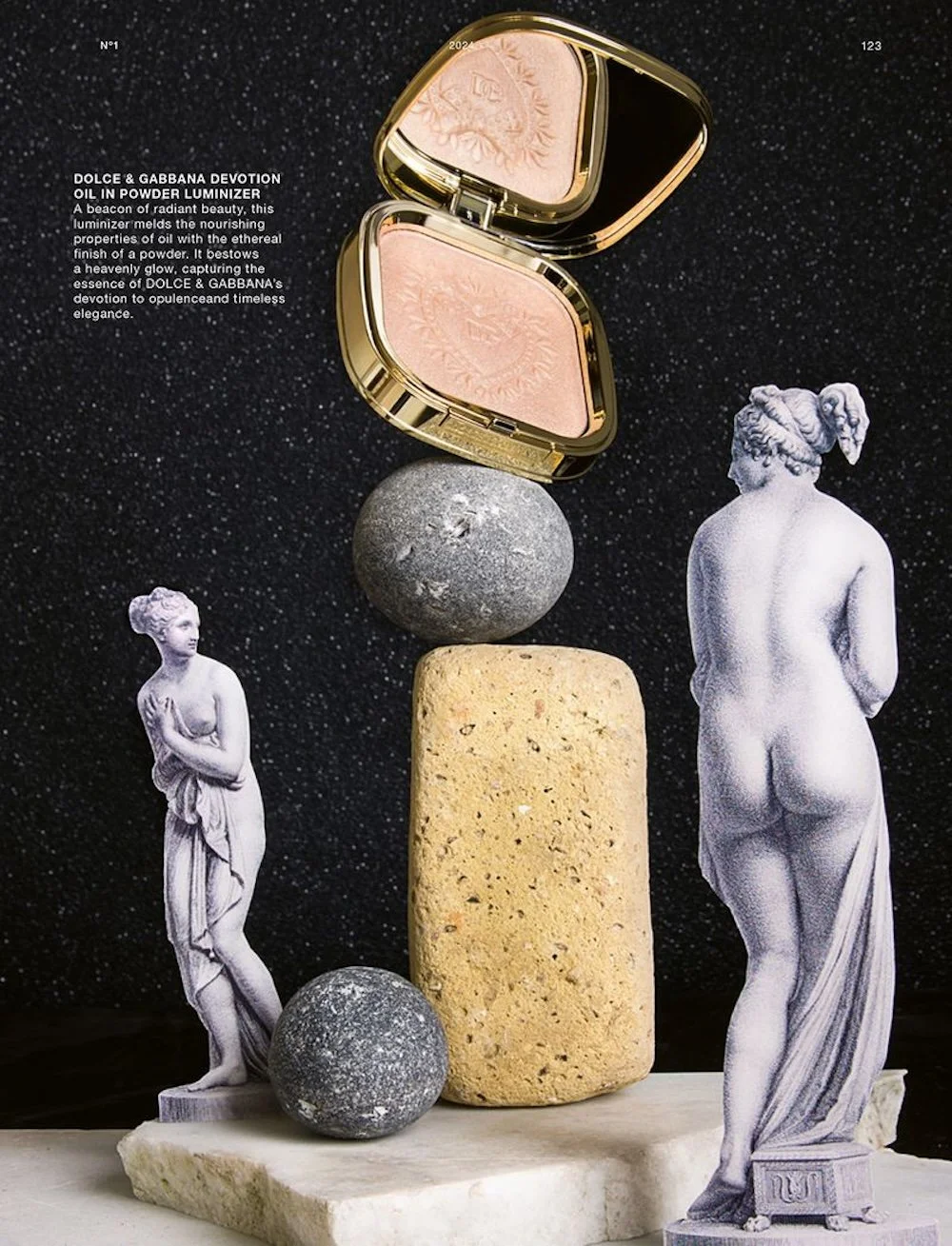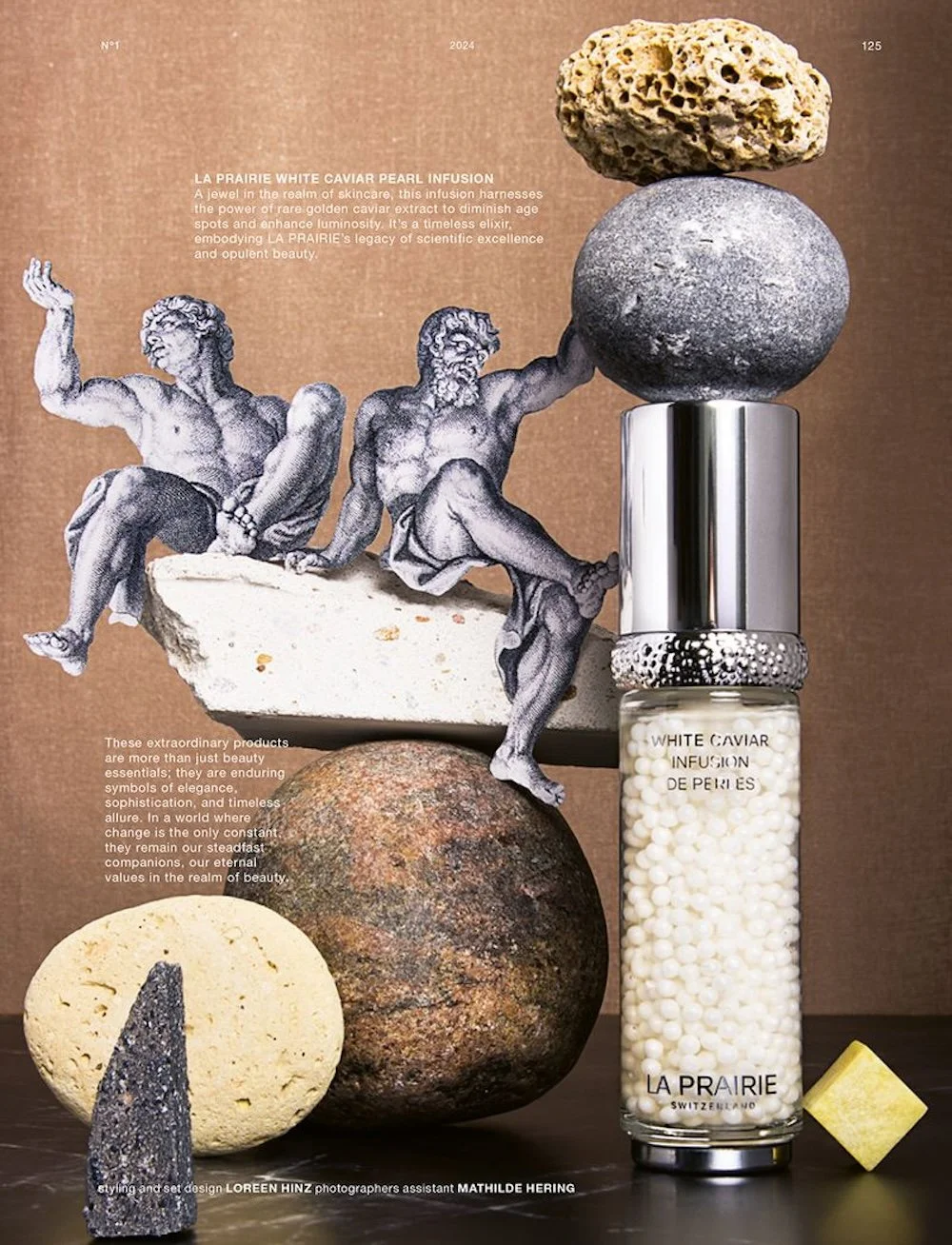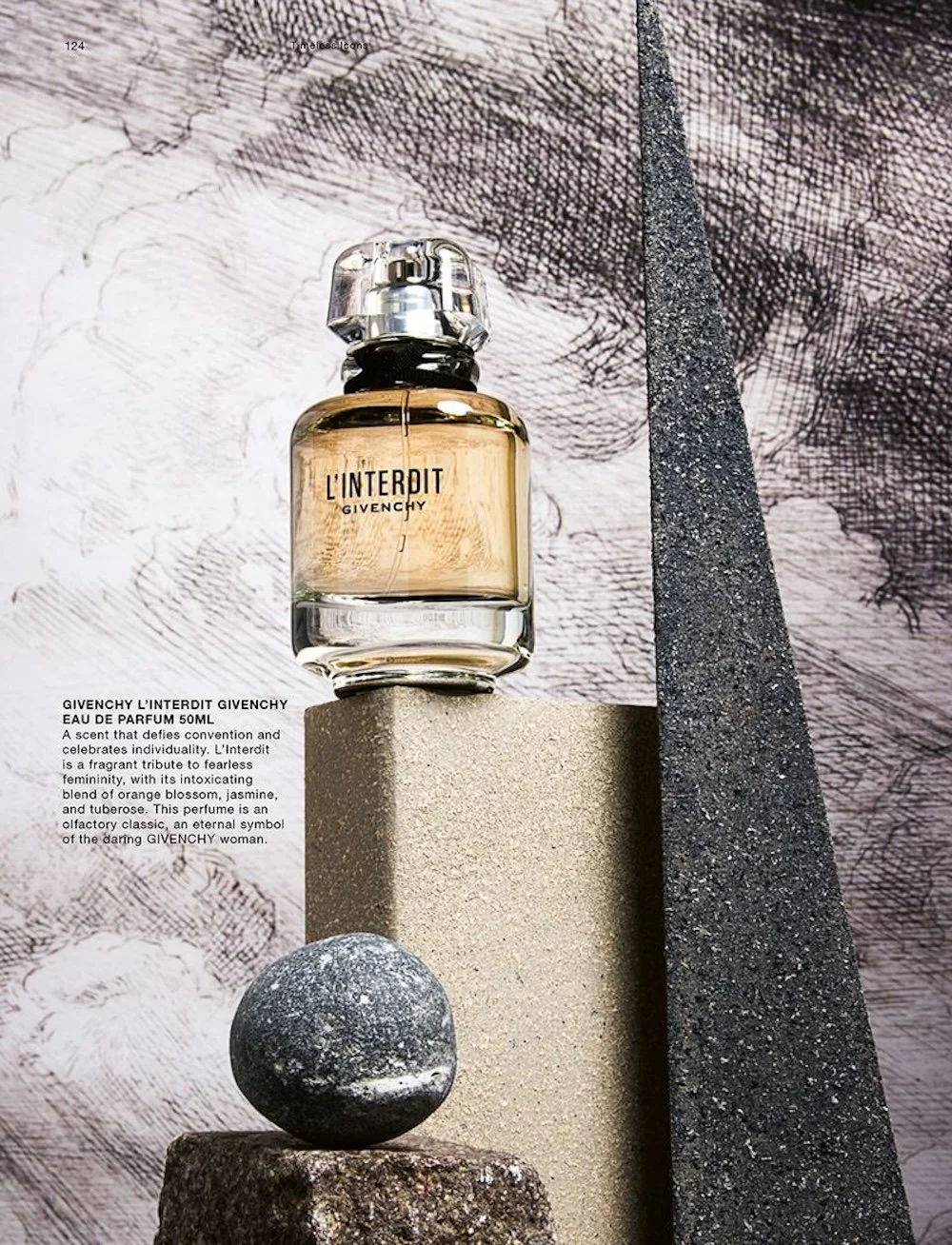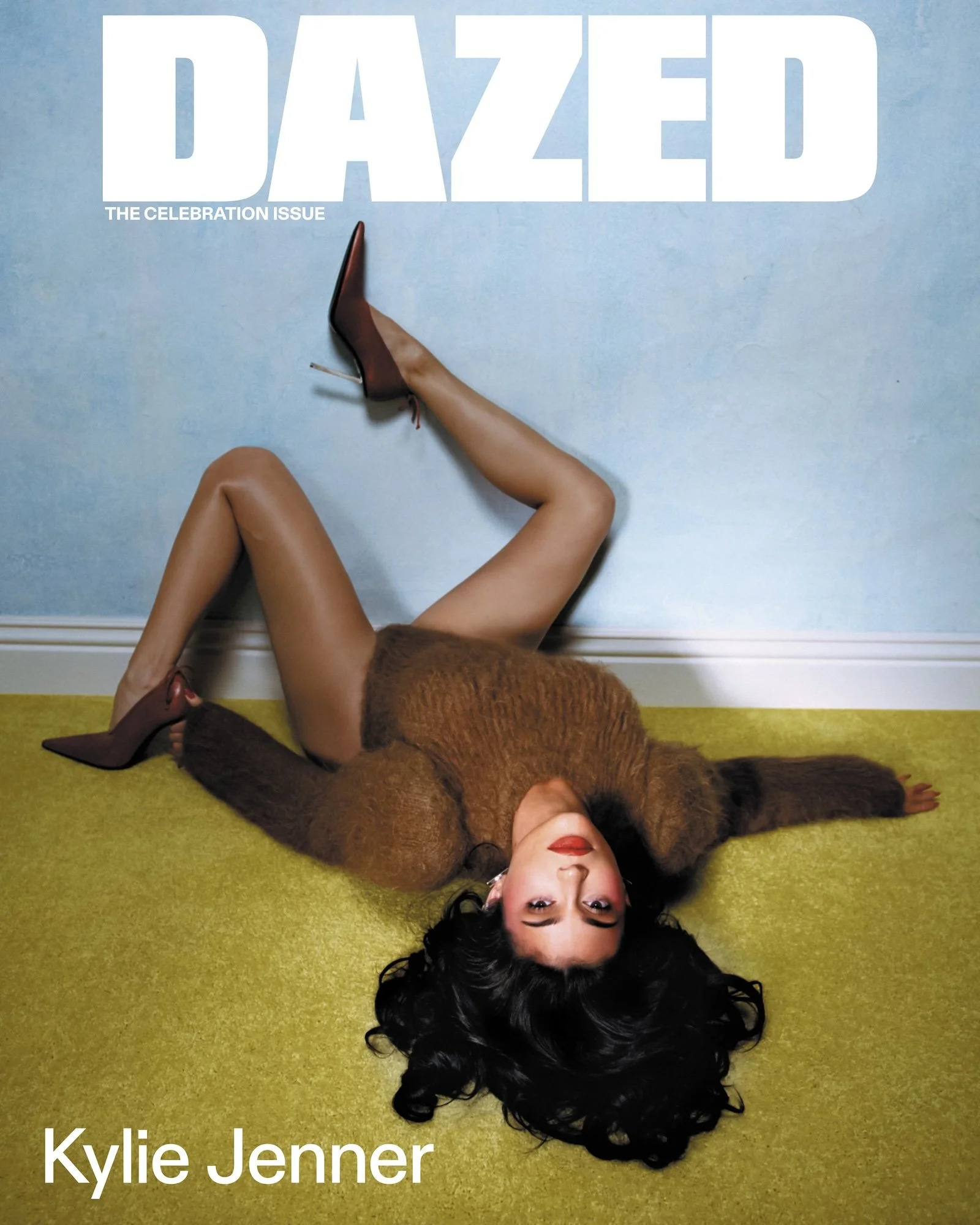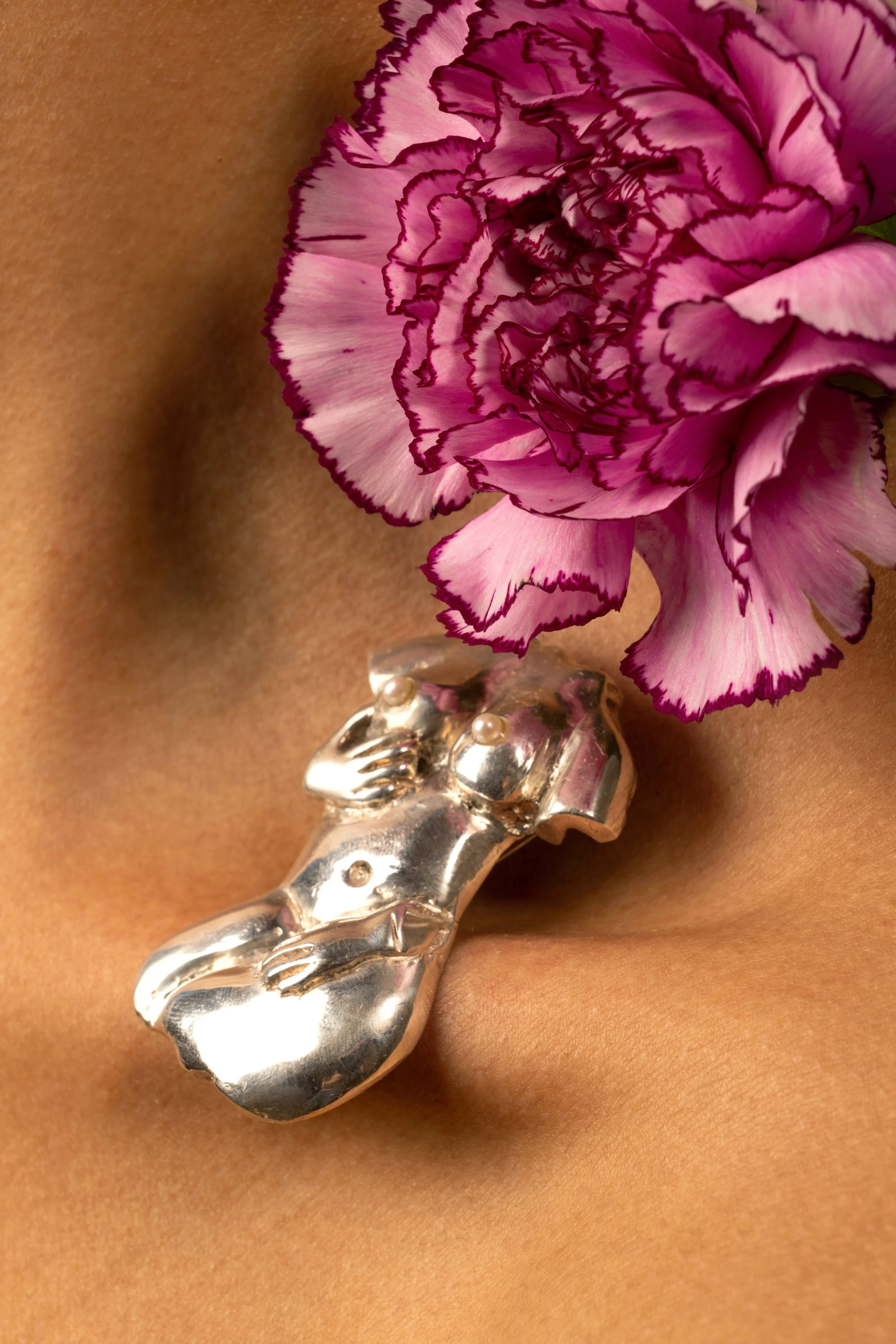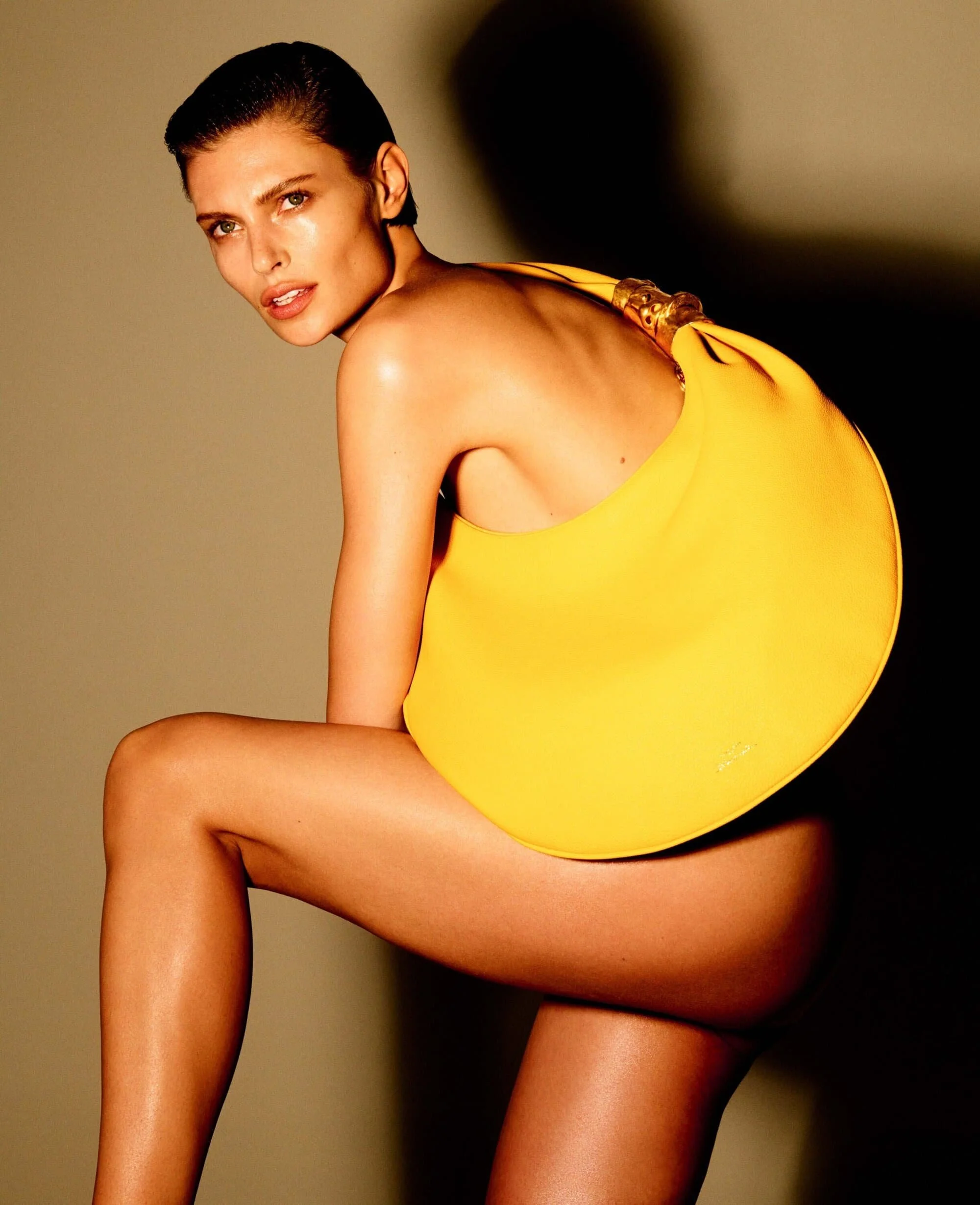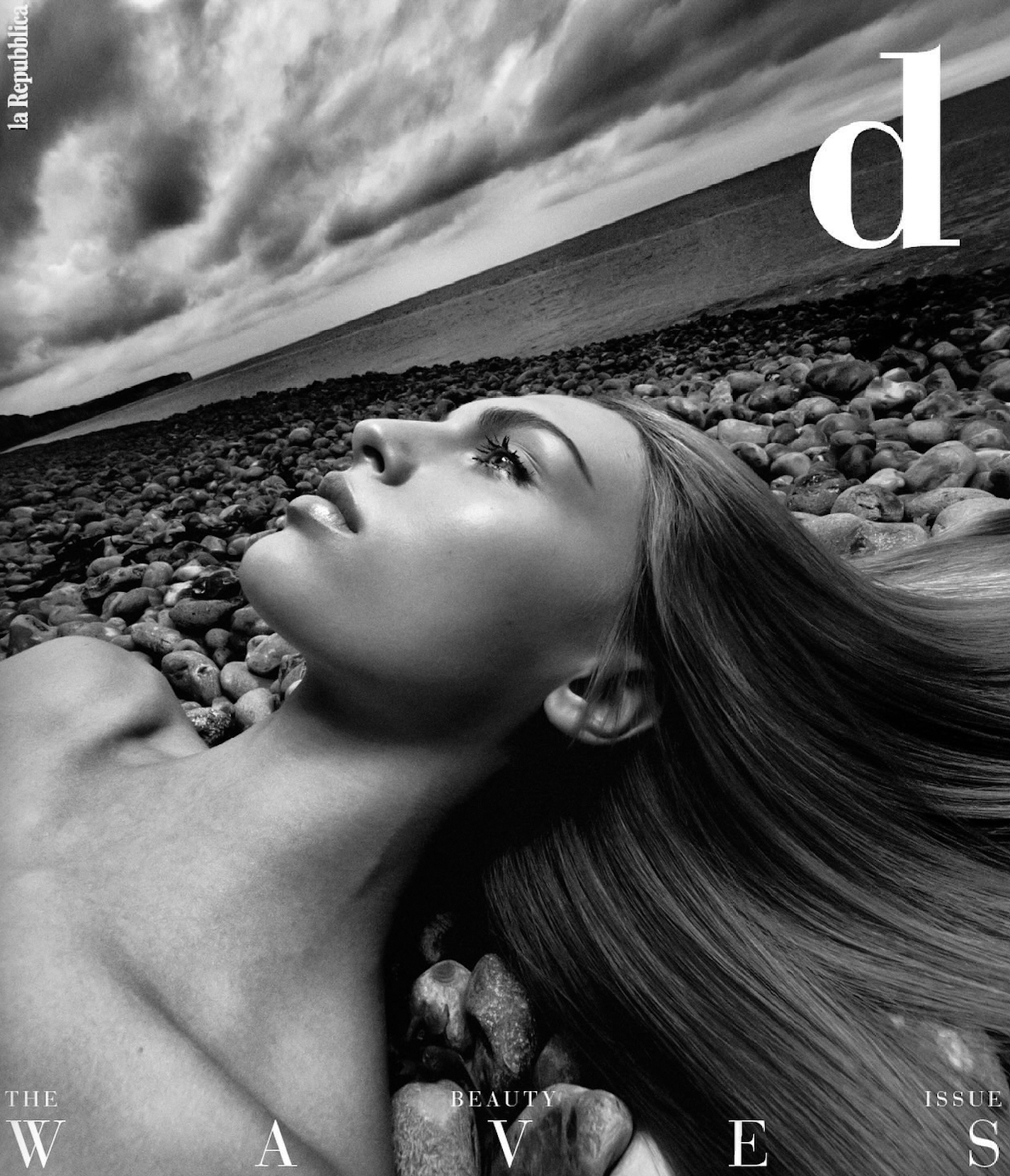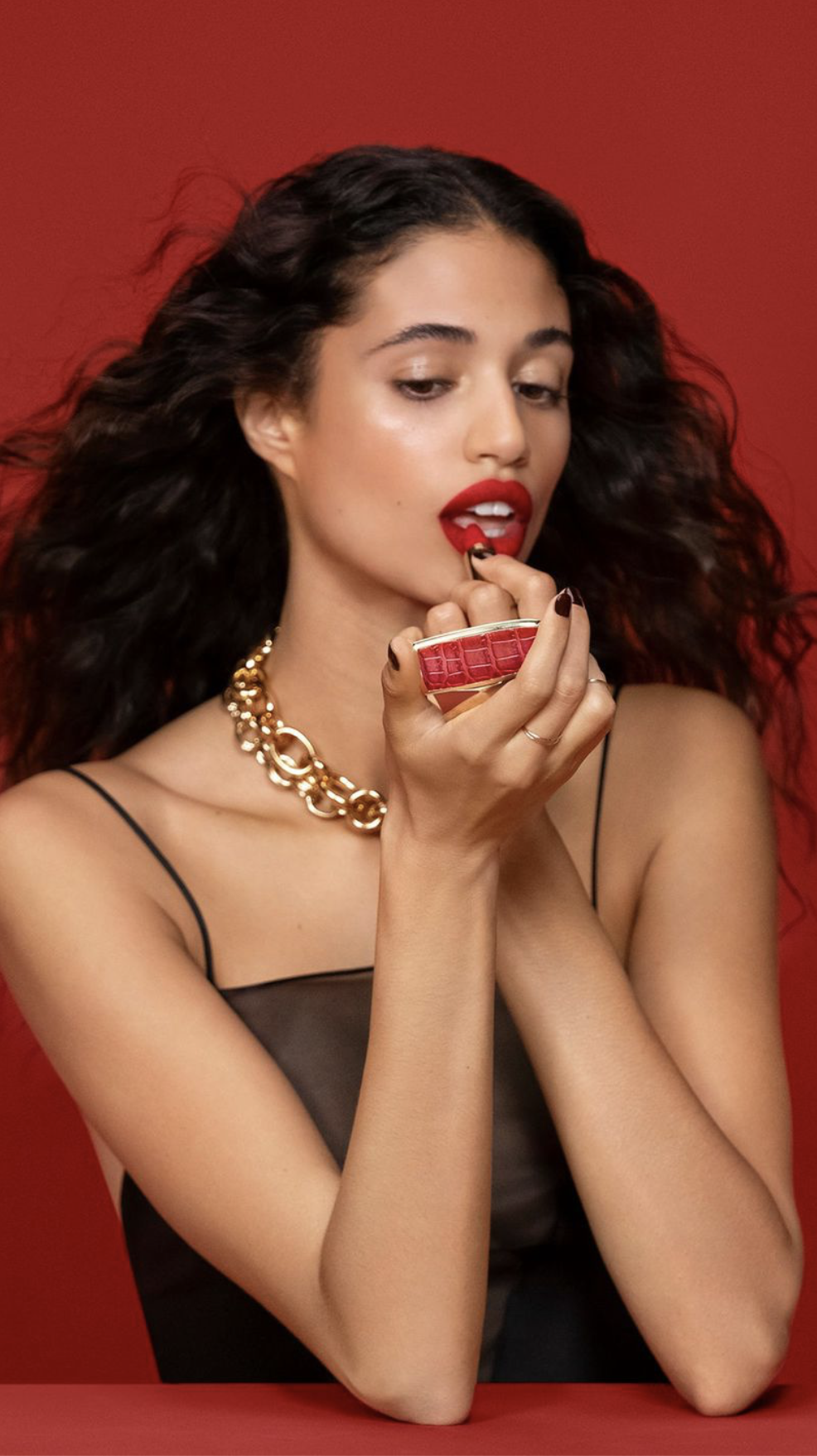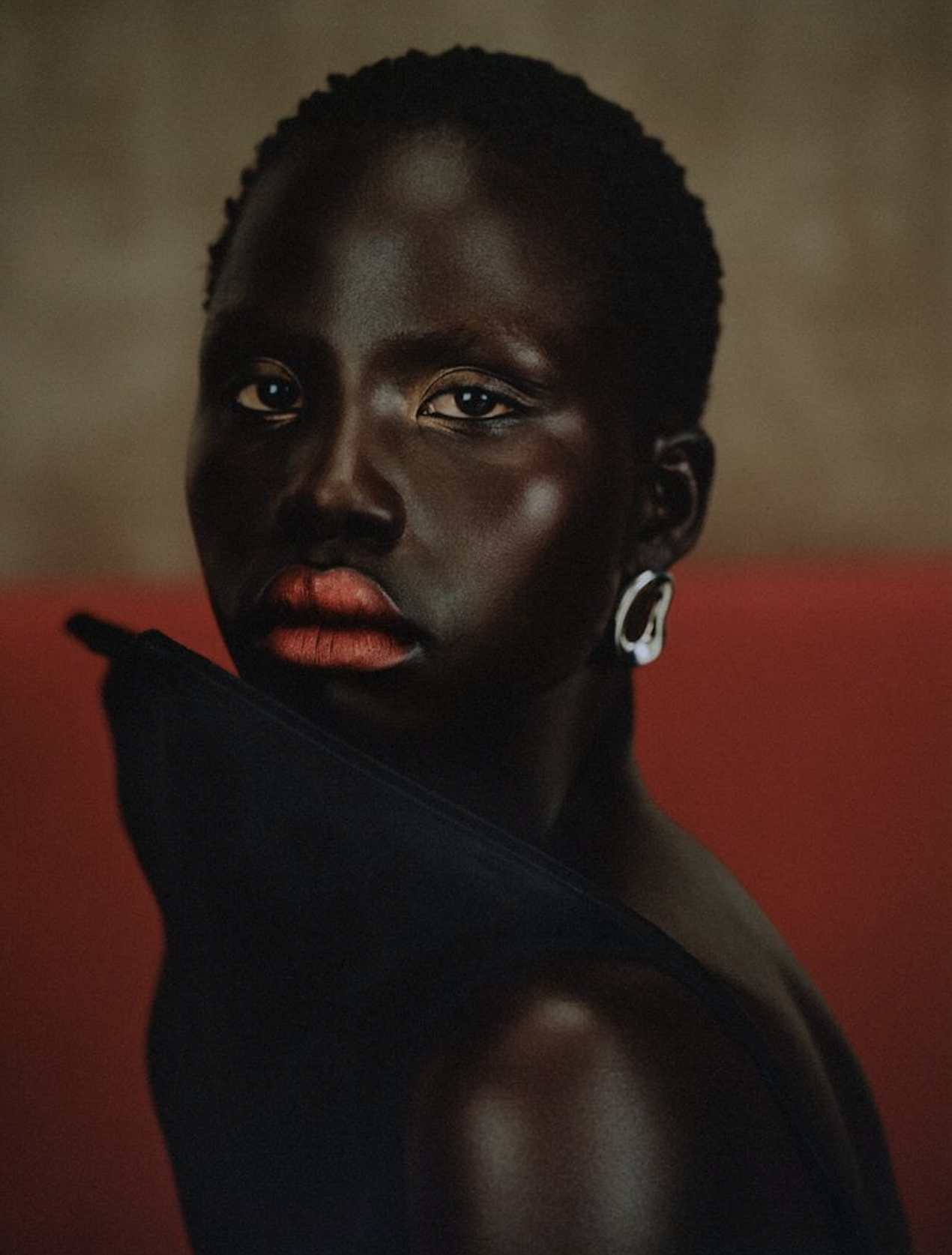Numero Switzerland No.2 'Timeless Icons' Explores Humanity's Use of Makeup
/Beauty is part of the WHO’s definition of health, which is much more than the mere ‘absence of illness or infirmity.’ Health is a ‘state of complete physical, mental and social well-being.’
Today, the world of beauty recenters us on values that have long been a driving force behind humanity: makeup as a key element of protection and personal wellbeing.
In these images, the second issue of Numero Switzerland — called Issue 1 [not debut issue 0] features makeup-focused vignettes photographed by Loreen Hinz [IG].
Responding to the statement that humanity and makeup have a very long history together, AOC shares a preliminary look at how this bond formed among early peoples.
Introduction To The Concept Of Makeup In Human History
The practice of adorning oneself with makeup is a deeply ingrained aspect of human culture, tracing back thousands of years and reflecting an intrinsic desire for beauty, status, and identity.
From the earliest cave dwellers to modern-day fashionistas, the use of cosmetics has evolved significantly but its fundamental purpose remains remarkably consistent: to enhance or alter one's appearance in ways that communicate social and cultural messages.
The historical journey of makeup is a fascinating tale of human ingenuity and adaptability. Early humans discovered the potential of naturally occurring substances like ochre clays and charcoal to create pigments that could be applied to the skin. These rudimentary forms of makeup were likely used for both practical purposes—such as camouflage during hunting—and expressive ones.
Understanding the roots of makeup helps us appreciate its enduring presence in human society. It reveals how our ancestors viewed beauty, identity, and even power through the lens of their environmental resources and cultural contexts.
Early Cosmetic Practices In Prehistoric Times
The earliest evidence of humans wearing makeup dates back to prehistoric times, long before the advent of written records. Archaeological discoveries have revealed that as far back as 100,000 years ago — potentially 250,000 years ago — our ancestors engaged in cosmetic practices.
Archaeological Discoveries Of Ancient Makeup Artifacts
As humanity evolved forward into the Mesopotamian region, archaeological discoveries provide compelling evidence of the critical role makeup played in this cradle of civilization.
Situated in the fertile Mesopotamian region, Babylonian civilization thrived from approximately 1894 BC to 539 BC and became a melting pot of cultures, ideas, and innovations. The use of makeup in this society was deeply intertwined with religious practices, social status, and even medicinal applications.
In Mesopotamia, excavations have revealed small containers and applicators used for applying a variety of substances to the skin.
These items suggest that both men and women engaged in cosmetic practices as part of their daily routines or religious ceremonies. The Sumerians, located in the southern region of ancient Mesopotamia, are credited with creating one of the first recorded forms of lipstick by grinding precious gems into fine powders.
In Ancient Egypt, where archaeologists have uncovered kohl eyeliner and malachite eye shadow palettes in burial tombs. These artifacts, often made from ground minerals mixed with animal fat or plant oils, were not merely cosmetic but also held protective properties against harsh sunlight and infections.
The Indus Valley Civilization also contributes to this narrative with findings such as small stone pestles and mortars, likely used for grinding pigments for body decoration. The geographical expanse of the Indus Civilization stretched across modern-day Pakistan and northwest India, covering an area larger than that of ancient Egypt and Mesopotamia combined.
In ancient Greek society, the concept of beauty was deeply intertwined with notions of social status and virtue. Fair skin, in particular, was highly prized among the Greeks as it symbolized purity, youth, and an elevated social standing.
Ancient Greece indicates that even light-skin or ‘White’ women applied white lead-based face paint and red iron oxide to enhance their features. Their health suffered, of course. Having researched this topic for six hours already, it’s important to note that the research is adamant that the elevated status of white skin in Greece was not race-based. [More coming on this discovery].
The ideals of beauty in ancient Greece, have influenced the Western worlds perception of beauty and have been passed down through the centuries, shaping our modern notions of beauty. We pause this exploration now, but a much larger article is written but not yet posted. Watch for the link. ~ Anne



